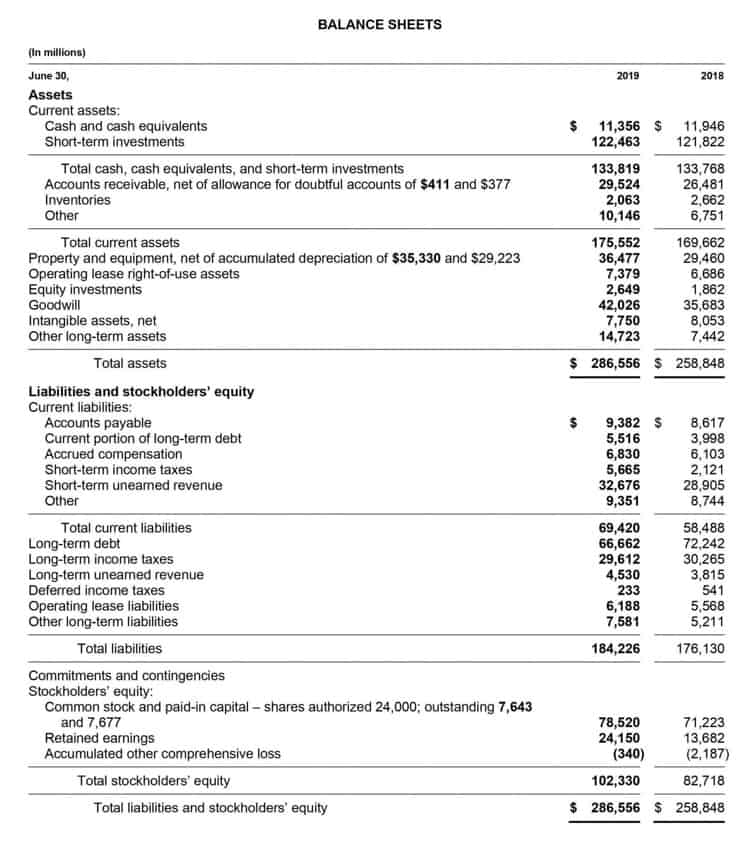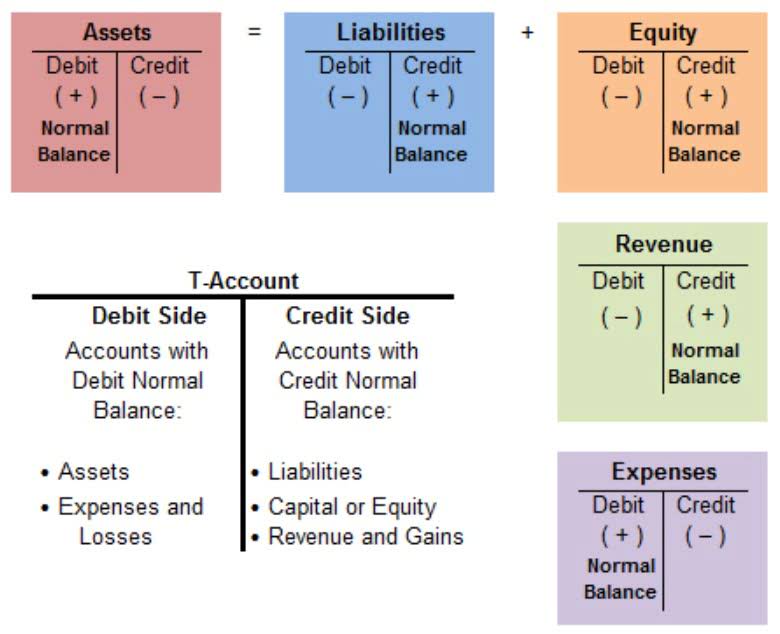Macy’s said that it found an issue with delivery expenses in an accrual account and launched an independent investigation, according to a preliminary report on its third quarter earnings. These are some of the ways that fixed costs can impact the profitability of a business and how a business can manage them effectively. By understanding and analyzing the fixed costs of a business, a business owner or manager can make better decisions and improve the performance and sustainability of the business.
Tools like ShipScience provide analytics and insights to optimize your shipping strategy. In either case, when it comes to the journal entry for the delivery of goods, we should not mix the cost of delivery of goods out or freight-out with the cost of delivery of goods in or freight-in. Imagine you own a furniture manufacturing company, and you sell a table to a customer. The sale price of the table is $500, and you charge the customer an additional $50 for delivery.
Strategies for Cost Optimization:
- These are generally deductible as ordinary and necessary business expenses in the tax year they are paid or incurred, depending on your accounting method.
- On the sales contract,FOB Destination is listed as the shipping terms, and shippingcharges amount to $120, paid as cash directly to the deliveryservice.
- Static pricing bases fees on established business practices and is easier to implement and communicate.
Common terms include delivery timeframes, costs, risk responsibilities, and delivery methods. Deliveries in business refer to the transportation of goods from a seller to a customer or between business locations. This process ensures products reach their intended recipients efficiently, impacting customer satisfaction and business operations.
Timing of Deduction (for operating expenses like freight-out)
Costs can be adjusted by adding fees for heavy or bulky packages, charging extra for rush deliveries or after-hours orders, and including a waiting charge if there are delays in picking up packages. Consider the cost of fuel, vehicle maintenance, and the type of vehicle used as these affect your expense. The size and weight of the package, the distance of the delivery, and the delivery speed (standard or rush) also play crucial roles in determining the fee. Additionally, add charges for any special conditions like bulky packages or waiting times. You can also use tools like the shipping cost calculators provided by major carriers such as USPS, FedEx, and UPS to estimate costs. Charging delivery fees based on distance (per mile) or using a minimum fee system allows businesses to adapt their pricing models to various scenarios like specialty clients or small delivery distances.
Additionally, customs regulations in the destination country can impact costs. Some countries impose strict regulations and additional fees on certain products, potentially causing delays and unexpected expenses. Researching and understanding these regulations before shipping internationally is crucial to avoid unforeseen costs.
Tiered Distance Fees
The company has sold out of 2025 and 2026 vehicles, meaning the earliest shipping year would be 2027. Experiment with AI generated data on Sourcetable to understand various scenarios and their impact on delivery fees. This practical approach provides valuable insights, helping you optimize your delivery fee structures intelligently. Businesses often require a robust tool to handle these calculations consistently and accurately. In this guide, we will explore how Sourcetable lets you calculate delivery fees and more using its AI-powered spreadsheet assistant. This account shows the amount of delivery expense incurred (occurring) during the accounting period shown in the heading of the income statement.
What expense category is Delivery Services Expenses?
These strategies help optimize spending while still ensuring efficient operations for QuickPet. By refining your insurance strategy, you can manage and reduce operating expenses delivery. Strategies include bundling policies and negotiating with providers to secure lower premium rates. According to the World Bank, properly managing international shipping costs can reduce overall expenses by up to 20% through optimized duty management and tax compliance. It’s essential to ensure that cost-cutting measures do not compromise the quality of your service. Proper packaging and timely deliveries are critical for maintaining customer satisfaction and loyalty.
- Expenses that may be stored within this account include the costs of fuel and fees paid to third-party transport services.
- Are you curious how operating expenses delivery can be managed to fuel profitability?
- By refining your insurance strategy, you can manage and reduce operating expenses delivery.
- Delivery notes play a critical role in confirming the successful transfer of goods between the seller and the buyer.
- Restaurant X enters into a contract with a DSP for delivery services for which DSP is paid 30% of the sale.
💡Use our free delivery cost calculator to work out your delivery cost per mile (or km), and per delivery. The company is one of many eVTOL developers to enter the space in the last decade, which includes Joby and Archer Aviation. The electric VTOL (vertical take-off and landing) aircraft was first announced in 2021, spawning a flurry of news about the future of flying vehicles. Almost four years later, Jetson completed its first worldwide delivery to the Oculus and Anduril cofounder. Freight services are essential for the movement of goods across the world, but they are often… In a globalized market, managing a complex supply chain involving multiple suppliers and international logistics partners presents challenges in cost control.
BAR CPA Practice Questions: Calculating Lease Income Recognized by a Lessor
The convenience of home delivery has created new standards, particularly in online shopping, where customers expect products to arrive at their doorsteps in the shortest time possible. Merchandise Inventory increases (debit), and Cash decreases(credit), for the entire cost of the purchase, including shipping,insurance, and taxes. For example, California Business Solutions (CBS) may purchasecomputers from a manufacturer and part of the agreement is that CBS(the buyer) pays the shipping costs of $1,000.
The Impact of Fuel Prices on Delivery Costs
Another mixed cost example is delivery cost which has a fixed component of depreciation cost of trucks and a variable component of fuel expense. Restaurant X would recognize net revenue of $7 ($10 sale net of $3 DSP fee). One of the most exciting developments is the potential for autonomous vehicles and drones to play a greater role in the delivery process. In urban areas, drones could provide a faster and more efficient method of delivering small parcels, especially in congested cities where traditional vehicles face delays.
Variable costs vary with the amount of output produced, and fixed costs remain the same no matter how much a company produces. Advancements in technology have revolutionised the delivery sector, improving speed, efficiency, and transparency. One of the most significant innovations is the use of real-time tracking systems, which allow both businesses and consumers to monitor the progress of deliveries. Whether it’s a small package or a large shipment, tracking tools provide accurate updates on the location and expected delivery time. For businesses, COD offers a way to build customer trust, particularly in areas where online fraud is a concern. On the other hand, customers can inspect their purchases before making the payment, providing a sense of security.
These costs are inventoriable, meaning, they become part of the cost of “Inventory”. If the company classifies expenses into General and Administrative Expenses and Selling and Distribution Expenses, “Delivery Expense” is part of Selling and Distribution Expenses. Restaurant X would recognize revenue of $10 and a DSP fee of $3, which would be presented as cost of sales.
A full report on the quarter’s financial results and outlook for the fourth quarter is expected by Dec. 11, the company said. Macy’s said that it discovered the error earlier this month while it was preparing its financial statements for the third quarter, which ended on Nov. 2. As a result of the incident, Macy’s said it was delaying the release of its third quarter earnings “to allow for completion of the independent investigation.” A famous early adopter, Luckey’s Jetson One purchase shows he’s still experimenting with new technologies — when he’s not streaming Kelly Clarkson. In 2024, he told Bloomberg’s Emily Chang that he owned a boat bought from the US Navy, six helicopters, and a 1985 Marine Corps Humvee. “We would like to solve the transportation problem and move the ground-based transportation up to the air, making cities a better place to live.”
Recording it as a separate expense accurately reflects the actual cost of delivering goods to customers. By understanding and managing these costs, companies can ensure they are pricing their products appropriately and maintaining their bottom line. This simple example illustrates how delivery expenses are accounted for in a business transaction. In reality, the calculation could be more complex, with various factors affecting the final figures, such as volume discounts on shipping, indirect labor costs, and overhead allocations. Empower your delivery business with efficient software and technology systems crucial to streamlined operations. QuickPet uses route optimization, tracking, and accounting tools to keep pet care delivery running smoothly.
A well-defined delivery policy is essential for both businesses and customers. This policy outlines the terms and conditions related to the delivery process, including payment terms, delivery times, returns, and cancellations. Clear delivery policies help manage customer expectations and delivery expense prevent misunderstandings. For businesses, delivery notes are also useful for bookkeeping and accounting purposes. They provide a detailed record of goods transferred, allowing companies to maintain accurate records of their sales, deliveries, and stock levels. Express delivery is a premium service designed for customers who need their goods quickly.





